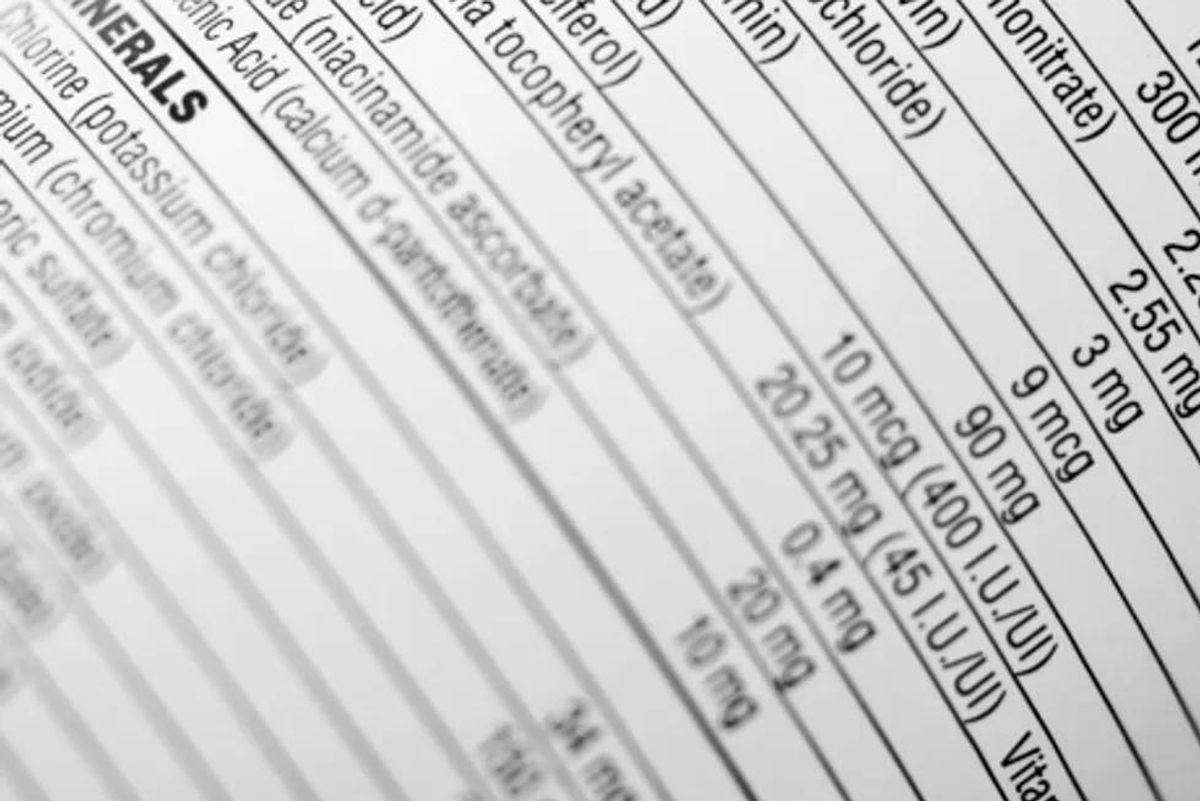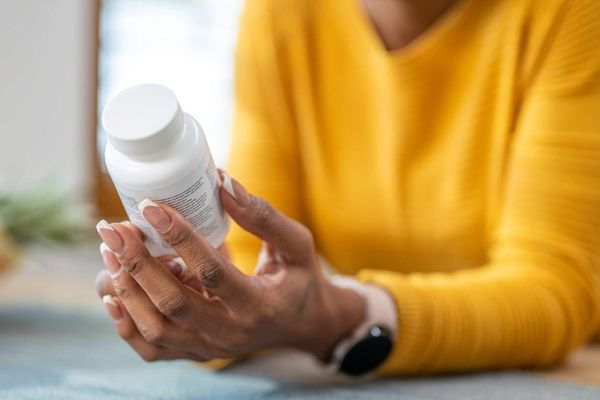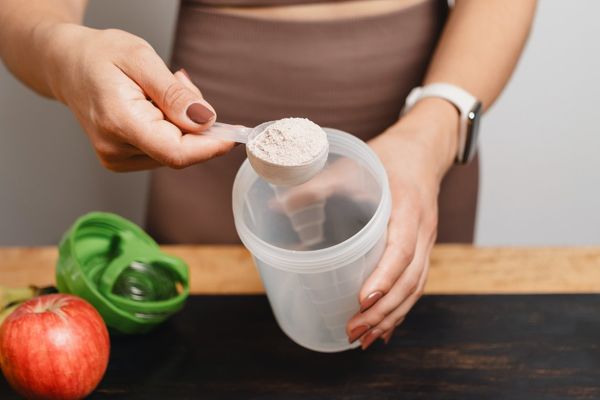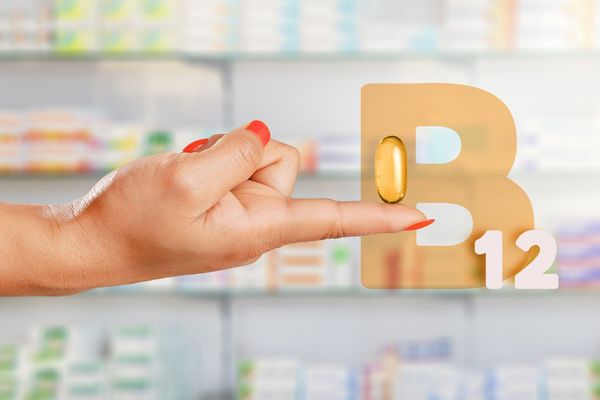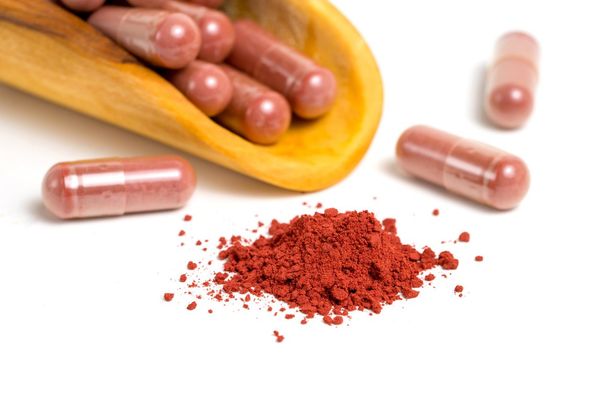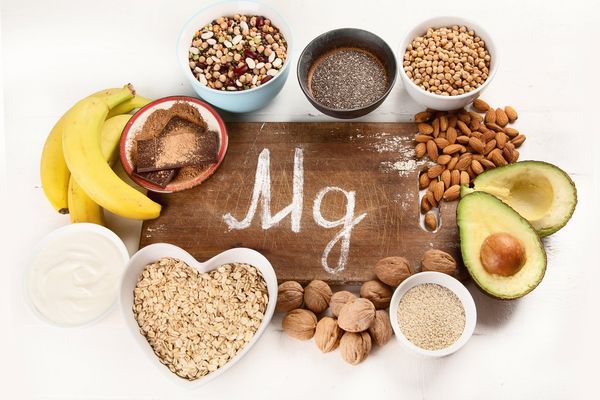As if the recent controversy about vitamins and supplements ( The Scoop on Taking Multivitamins) isn't enough to confuse you, when was the last time you took a good, hard look at a label wrapped around a vitamin or supplement bottle?
My guess? Probably never.
I'll bet many of us don't bother reading them (or if we do, we probably don't get through all the words and numbers and percentages). And my suspicion is that it's not because of lack of interest in nutrition labels (and this goes for food, as well) but because we may lack the knowledge to understand what they mean or we feel overwhelmed by so much information.
Note: Before you attempt to read that label, make sure you look for nationally recognized brands or store brands from a trusted retailer. If it's a company you're not familiar with, a little research before you buy can go a long way.
A little hand-holding is in store (thanks to the Council for Responsible Nutrition).
Serving Size
Should you take one tablet, two or maybe even three or more? Make sure you check the proper dosage. It's the manufacturer's suggested serving that is expressed in the appropriate unit, such as tablet, capsule, soft gel, packet, teaspoonful, etc.
Amount Per Serving
This appears right above the listing of nutrients that are in the supplement, followed by the quantity in each serving.
Opposite the amount per serving, you'll find:
Percent Daily Value
Or
DV, which tells what percentage of the recommended daily intake for each nutrient for adults and children (ages 4 and up) is in the supplement.
If you find an asterisk next to where the value should be, it means that a daily value is not established for that nutrient.
International Unit
Also known as IU, this is a standard unit of measure for fat-soluble vitamins (A, D and E).
Milligrams and Micrograms
Or mg and mcg, these are units of measurement that apply to water-soluble vitamins (like C and B complex) and minerals.
A milligram is equal to .001 grams; a microgram is equal to .001 milligrams.
Moving down toward the bottom of the label, you'll find:
Ingredients
This lists nutrients and other ingredients used to formulate the supplement. The list is in decreasing order, by weight.
At the very bottom of the label should be the name of the manufacturer or distributor and the place of business or a phone number, which are all required to appear on the label.
To preserve your supplements, make sure to store them in a cool, dry place in their original containers, out of the reach of children (and pets). To assure you're getting the full potency, use them before the expiration dates.
Remember, to find the best supplements:
Look for quality seals or third-party certifications. Several certification programs for supplement makers exist that independently review the manufacturing process. Seals are awarded only to companies that have passed rigorous and thorough examination.
Some to look for: NSF International and the United States Pharmacopeia (USP); there are also other certification groups that test products.
Although the absence of a seal "does not mean that a product is of poor quality," CRN states that seals or certifications are just one way that companies can invest in their brand.
And, most important, live by this age-old adage: If it seems too good to be true, it probably is. An instant fix might sound enticing, but it's not something anyone should count on.
You may also want to read:
Getting the Vitamins and Minerals You Need

